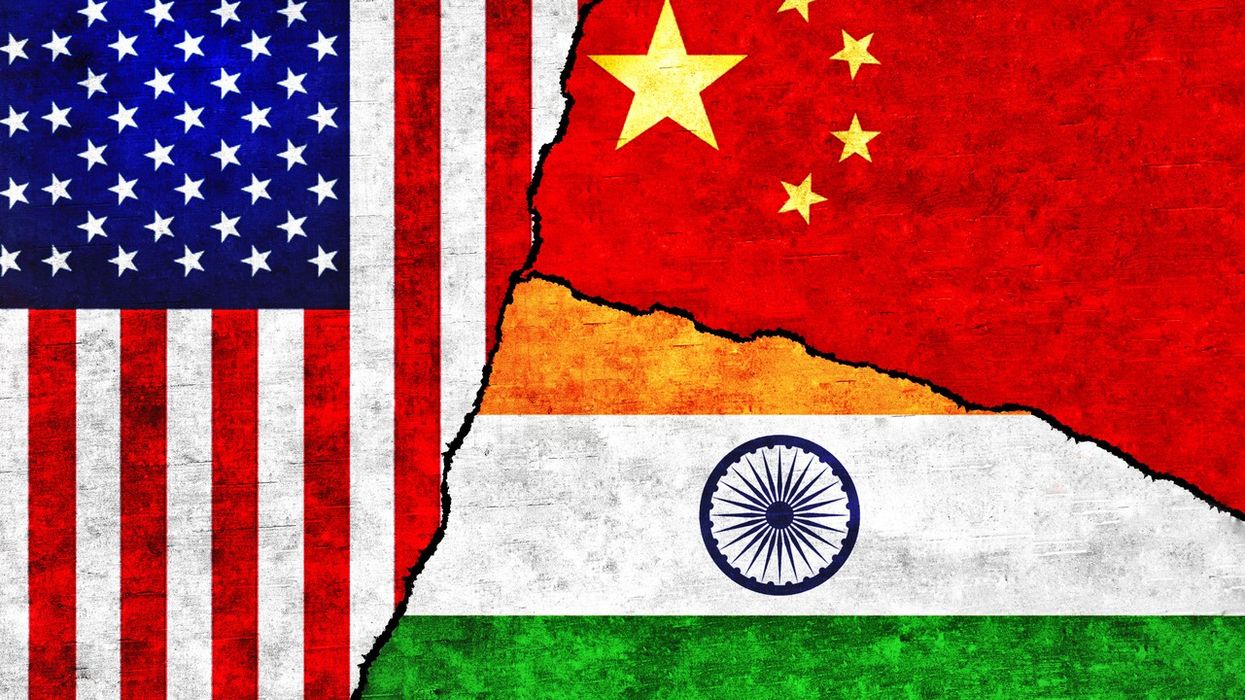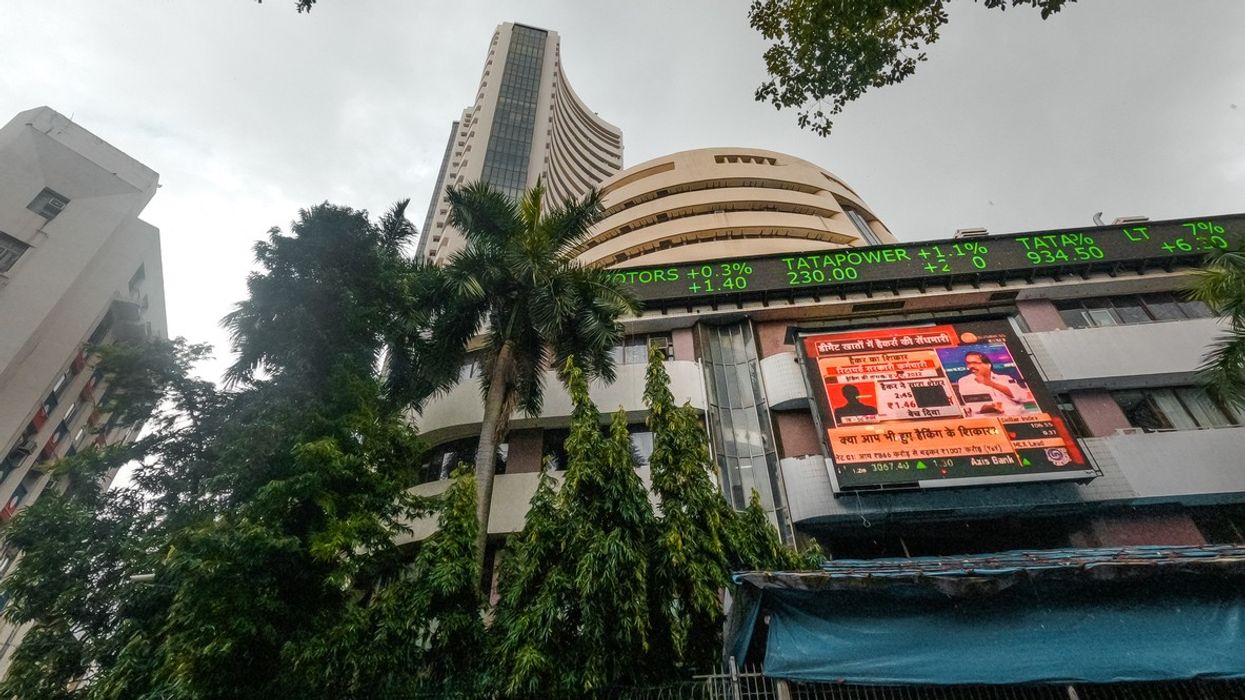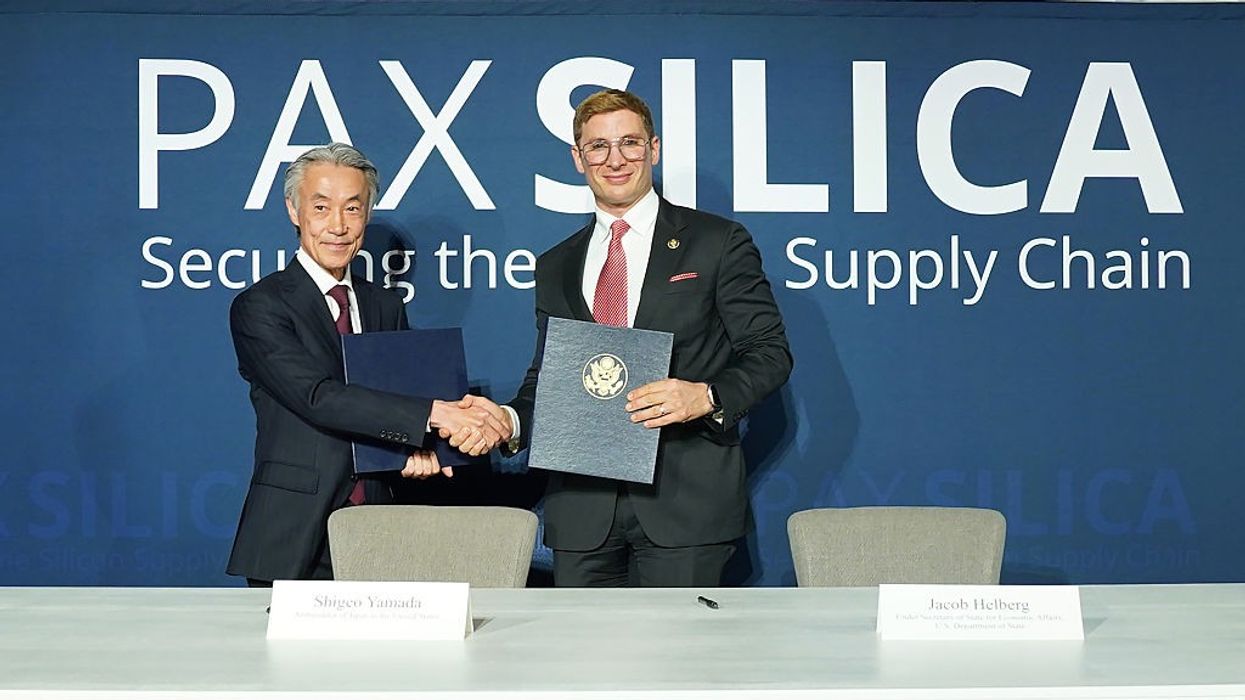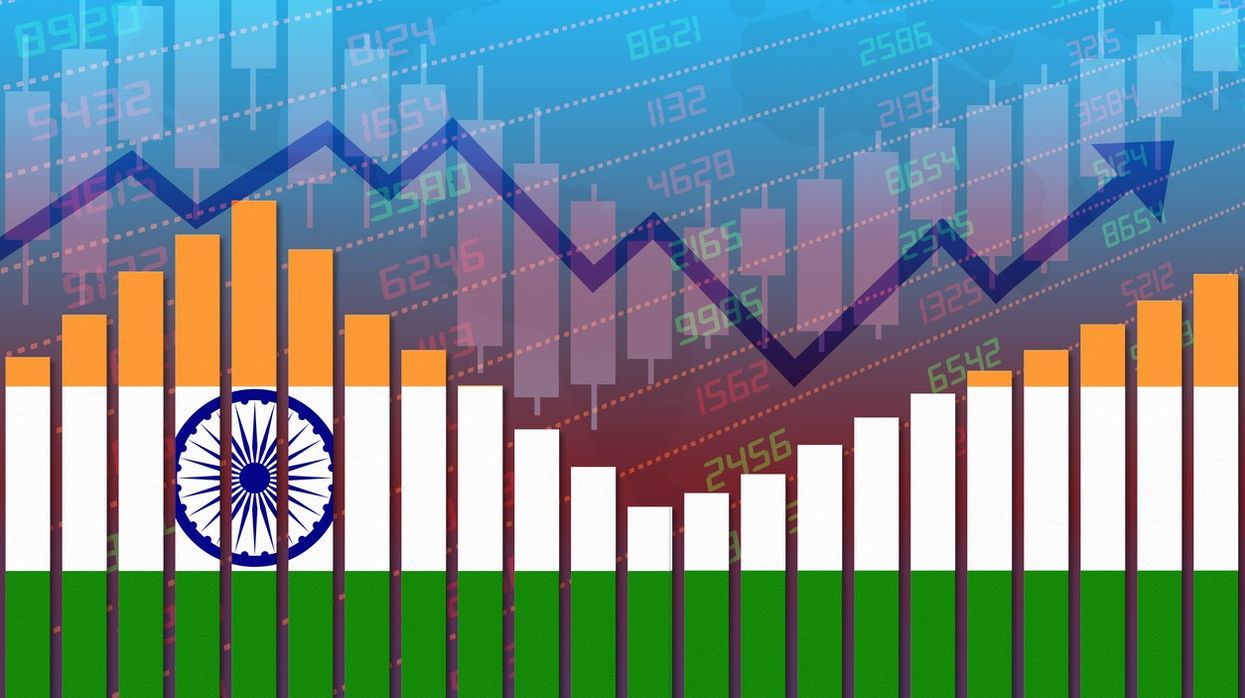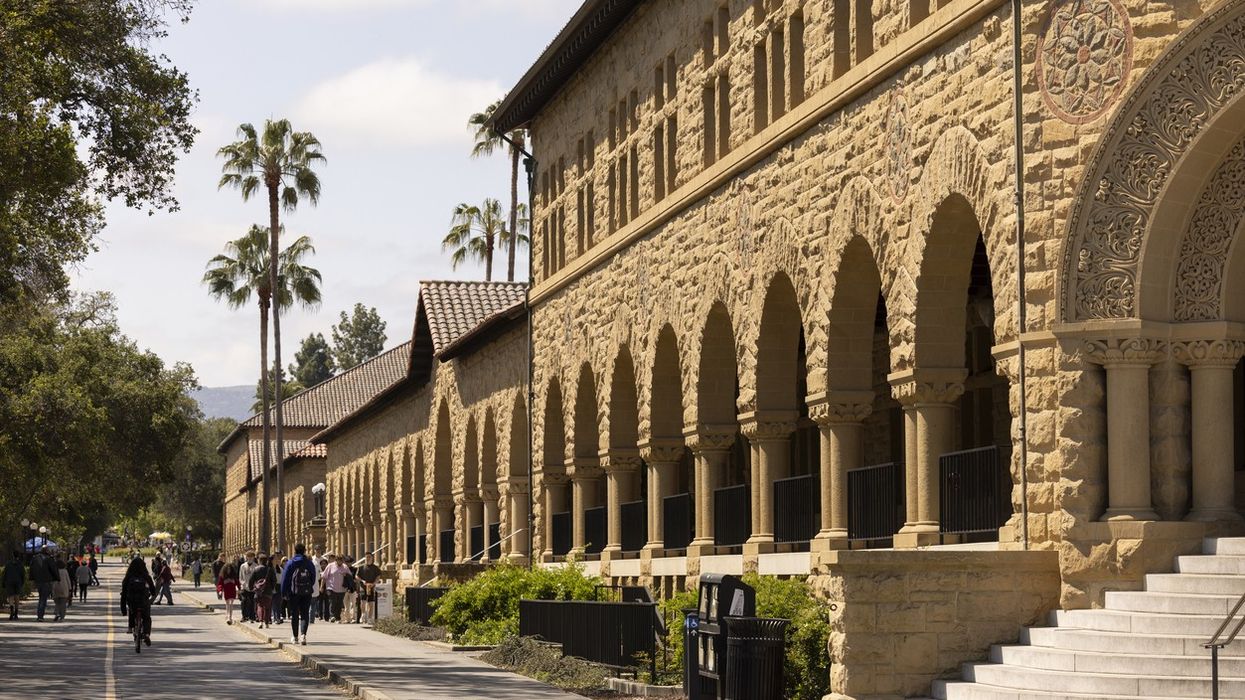Highlights:
- India’s exports to China rose 18% year-on-year in Q1 FY26 to $4.4 billion, reversing two years of decline.
- Petroleum product exports nearly doubled, while spices, organic chemicals, and marine products also saw strong growth.
- The surge comes as the US prepares to impose a 50% tariff on Indian goods over energy ties with Russia.
- China’s Foreign Minister Wang Yi visited India for talks with NSA Ajit Doval, agreeing to reopen border trade and boost connectivity.
- Chinese envoy Xu Feihong pledged Beijing’s support, saying China would “stand with India against trade bullies.”
India’s exports to China showed a strong rebound in the first quarter of the fiscal year 2026 (April to June), rising by 18 percent year-on-year to $4.4 billion, following two years of decline during the same period. This uptick comes against the backdrop of escalating trade tensions with the United States, where the Trump administration is set to impose a 50 percent tariff on Indian goods linked to energy imports from Russia. The new tariff regime is scheduled to take effect on August 27, 2025.
The sharp growth in exports to China was driven mainly by petroleum products, which nearly doubled from $452 million to $865 million. Other significant contributors included spices, which surged by 33 percent, organic chemicals that increased by 26 percent to $147 million, and marine products, which saw a modest 5 percent rise.
This growing trade momentum aligns with a fresh wave of diplomatic engagement between India and China. On August 18 and 19, China’s Foreign Affairs Minister Wang Yi visited India at the invitation of India’s National Security Advisor Ajit Doval. During the Special Representatives Dialogue, the two sides emphasized the importance of maintaining peace and tranquility along the border areas to enhance the overall development of bilateral ties.
Following the discussions, India and China agreed on several economic and people-centric initiatives to boost cooperation. These include reopening border trade through strategic mountain passes such as Lipulekh, Shipki La, and Nathu La; resuming direct flights between the two countries; facilitating easier visa processes for business and tourism; increasing pilgrimage flows; and enabling greater bilateral trade and investment.
Further reaffirming China’s support for stronger trade relations, Chinese Ambassador to India Xu Feihong declared at the SCO Summit 2025 on August 20 that China stands “with India against trade bullies.” He highlighted the significance of unity and cooperation between two large neighbouring countries as essential to achieving “common development.”
This convergence of diplomatic outreach and trade growth illustrates how India and China are working to deepen economic ties despite global geopolitical pressures. As the US tightens its trade stance against India, New Delhi appears to be leveraging its relationship with Beijing to sustain its trade expansion and strategic interests.
Such developments signal a nuanced shift in India’s international commercial relations and underline the growing complexity of global trade dynamics in the current geopolitical climate.
